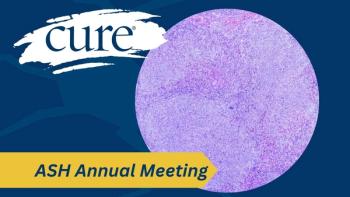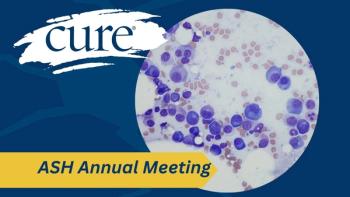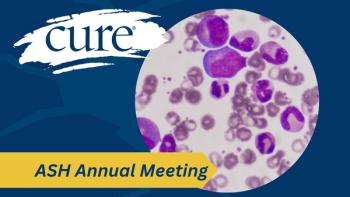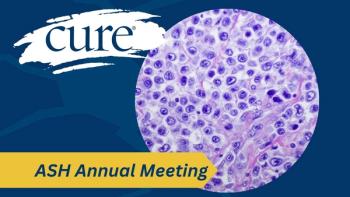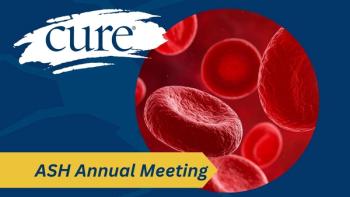
Immunotherapy After Transplant Improves Outcomes in Acute Myeloid Leukemia
Patients with acute myeloid leukemia often have to undergo transplant during treatment but are susceptible to other side effects, but new research indicates that the use of immunotherapy after these treatments can improve patient outcomes.
While hematopoietic stem cell transplantation (HSCT) is frequently used to treat patients with acute myeloid leukemia (AML) or myelodysplastic syndromes (MDS), this treatment often comes with complications like acute graft-versus-host disease (GVHD).
But new research has found that patients who had been treated with checkpoint inhibitors prior to transplant and then also received the immunosuppressive chemotherapy drug cyclophosphamide experienced improved post-transplant outcomes and a lower instance of GVHD.
To come to this conclusion, authors of a study recently published in the journal Cancer examined the health records of 43 patients with AML and/or MDS who were treated at The University of Texas MD Anderson Cancer Center between April 2015 and December 2017. Of the total group, 32 patients received the monoclonal antibody Opdivo (nivolumab), nine patients received the anti-CTLA-4 drug Yervoy (ipilimumab), and two patients received both.
All patients also underwent allogenic HSCT after their treatment with these checkpoint inhibitors.
The researchers looked at how all patients fared 100 days after their transplants, by using different approaches to combat GVHD. The group of 43 patients was divided into a group of 21 patients who received post-transplant cyclophosphamide (PTCy) and 22 who did not. The administration of cyclophosphamide was used as a preventative measure to help prevent acute GVHD and improve outcomes.
In analyzing the data, researchers found that the group of patients who received PTCy had a lower incidence of experiencing grade 3 to 4 acute GVHD at day 100 (5%) than the patients who did not (22%). However, rates of grade 2 to 4 acute GVHD were comparable, at 49% in the PTCy group and 56% in the non-PTCy group.
Upon further examination, the researchers noted that the time between treatment with checkpoint inhibitors and transplant did not seem to be a factor in the incidence of GVHD. They did find a higher incidence of grade 3 to 4 GVHD in patients who received more than four rounds of checkpoint inhibitor treatment prior to transplant and did not receive PTCy (43% compared to 12% in those who received it).
Additionally, while PTCy use improved GVHD in these patients, the researchers also found that disease control was not impacted negatively. Of the total group, progression-free survival at 1 year was better in patients who received PTCy versus those who didn’t (55% vs 22%).
The authors concluded that while there are still questions around the best way to use checkpoint inhibitors in the treatment of patients with blood cancers like AML and MDS, when patients do take them before undergoing transplant, they tend to see better outcomes when also using cyclophosphamide to help combat the GVHD that tends to be a result of transplant.

